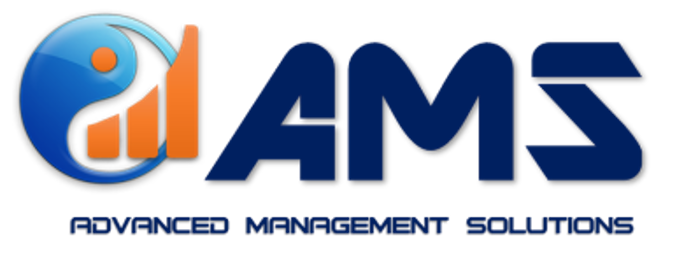So this pandemic that started in March 2020 has really disrupted the lives of everyone, but one thing that hasn’t changed is the need for food safety. Food safety is a priority for customers, specifiers, brand owners and ultimately for consumers.
The challenges that the pandemic brought about were immediate. They occurred very rapidly, they were mostly unknown and they are ever changing. The word, unprecedented, was used a lot over the last year and it was no different in food safety. It was new territory for everyone involved in the food safety chain.
So the new challenges faced by food business operations included supply chain disruptions amongst other things, but it was actually people that were most affected and the importance of staff health was upmost. One major problem for businesses was the lack of staff availability due to staff illnesses, staff self-isolating, a lack of appropriate PPE and staff needing to organise child-care and home schooling.
In fact the lack of PPE was a major issue as there simply wasn’t enough to go around, and businesses couldn’t get it ordered and delivered quick enough. These kinds of issues were impacting sites and their food safety during this pandemic. Even problems with staff getting to work with restrictions in local and national travel, and especially international travel.
So there was a lot of uncertainty over how food sites were supposed to maintain standards. How do you deal with restrictions on who is an essential worker and who is not. Especially when these restrictions and changing all the time, and are different in different regions and dependant on what part of the country you are in.
This has lead to much confusion and some delays and disruption but of course the demand from the public was increasingly for safe food, especially in the retail sector. The pandemic also affected the ability of some prerequisite services to operate like pest control, waste disposal and cleaning agencies. They were in huge demand but with staff on furlough and other challenges the supply chains were challenged.
So the pandemic has created a very clear prerequisite for all of us and that is adapt how you operate your business or risk losing your business altogether. With all of that going on how were you expected to ensure effective oversight of your food safety management system when resources were compromised or, another way of looking at it, with less staff on site how do you ensure that your food safety systems are not at risk.
We know thousands of sites demonstrate their commitment to food safety by getting certificated to a GFSI scheme such as the BRC global food standard and maintaining that certification during the pandemic was not without its challenges.
We have observed over the last 12 months how businesses have adapted to ensure they have maintained food safety and maintained their certification during the pandemic. There are many lessons to be learned from this pandemic and there is still more to be encountered as the pandemic continues its course so of course, these lessons cannot all be covered in this article.
Just focussing on five main areas of discussion, the first is talking about how BRCGS adapted their approach to auditing to ensure all sites had options to maintain their certification where possible. Also going to talk about the use of ICT and digital platforms to help make the audit process feasible for both sites and auditors. We will also take one of the prerequisites, Pest Control Management and discuss some feedback that we had from two pest control companies on their lessons learned and then we can mention briefly some of the known conformances raised during the pandemic just to understand if we’re seeing differences across sites as a result of the new audit approach that were taken at BRCGS. Finally we can discuss the importance of having contingencies for training when face-to-face training is not possible.
In the face of all this, BRCGS adapted their approach to auditing to give sites a set of options to maintain their certification. There was also some good feedback received from the auditors and certification bodies which I will talk about too. BRCGS launched a suite of audit options that took in to account a number of issues like the GFSI’s position and requirements, the account brand, the retailer feedback, the ever changing and evolving local restrictions, and auditor availability. The maturity and the history of the site’s certification was also taken into account.
The following image shows the audit options available to businesses during the pandemic.
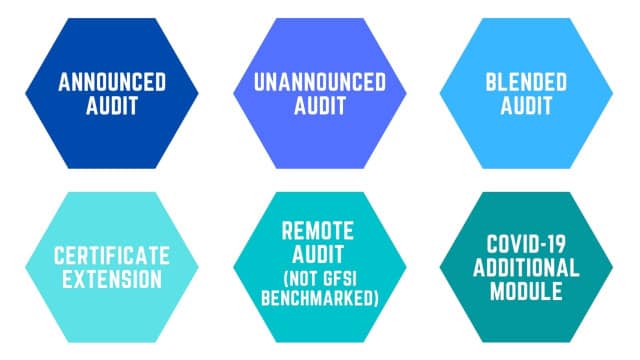
Announced audits still continue to be used where it is possible for an auditor to conduct an on site audit. One thing that was learned very early on in the pandemic though was that unannounced audits were in fact an unnecessary burden on sites and they actually increased the challenges of both the certification bodies and auditors in arranging the audits. So BRCGS took the decision to temporarily suspend the unannounced audit program until at least the end of 2021. Where this happens the certification body will contact the site to arrange either an announced audit or blended audit. BRCGS will keep this temporary suspension under review and hope to restart unannounced audits as soon as possible. Sites will be given at least 3 months notice before they can be offered this option but if a site really needs an unannounced audit this can be carried out by exception. For example, if a customer requirement insists upon it or if perhaps it is part of a combined audit with another standard.
The blended audit can be carried out where an on-site visit is possible, but only for existing sites. This blended audit approach consists of 2 parts. The online remote assessment of some or all of the documents plus the shorter on site assessment. This requires a reduced amount of time for the auditor to be on site. This works well when an auditor can visit a country or region for a short amount of time before having to quarantine. This blended audit option will remain in the future for announced audits.
Where access to the site is not possible and the audit is due, the certificate extension could apply. There must be an existing valid certificate in place and this can be extended by 6 months based upon a risk assessment and review by the certification body. It is based on the controls that are already shown to be in place on the site.
Next option on the list is the full remote audit, which is not GFSI benchmarked. This is available for sites where the certificate extension has expired but it is still not possible for a visit to take place by an auditor due to Covid restrictions. It could also be used if a site does not need a GFSI recognized certificate. It involves a complete review of internal audit documents and usually a video audit of production and storage facilities.
Finally the BRCGS also offer a Covid-19 additional module and have published a separate assessment standard and may be used to provide assurances around the management of Covid-19 risks. It’s carried out like a remote audit and focuses on the areas of the food safety system which are potentially at a greater risk as a result of the changes forced to address over covert 19.
BRCGS offers plenty of options to allow sites and certification bodies to work together to ensure food safety assurances are still in place during the pandemic. However in order for these options, especially the remote and blended options, to be successful sites had to adapt their approach to the audit.
The image below shows quite a detailed diagram on preparing for your remote audit to meet the BRC Food Safety Standards. It’s a nine point checklist that BRCGS offered certificated sites just to give you a flavour of what BRC proposed and what you’ll actually read later is that the feedback and the lessons learned pretty much mirrored a lot of these points.
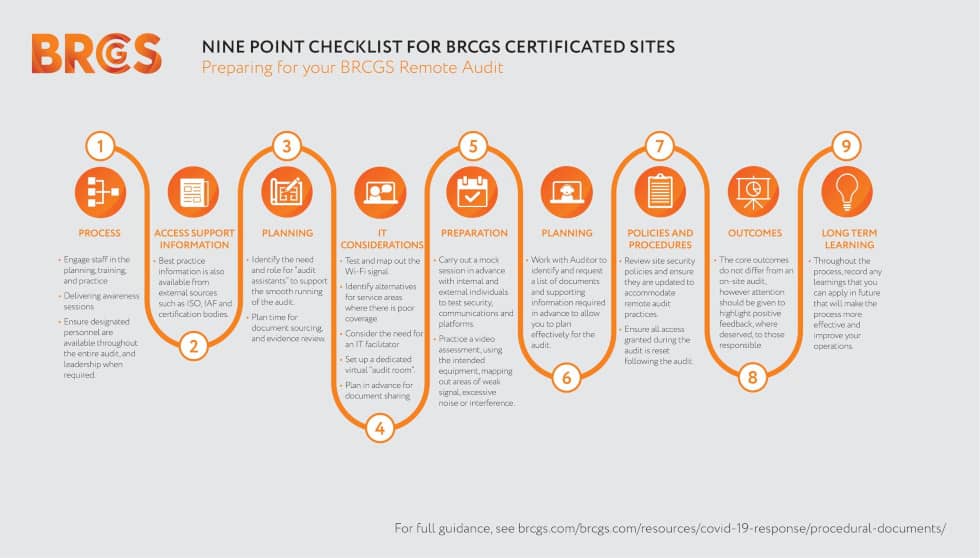
- The Process. This is all about having to engage your staff in the planning of the audit and having the training and practice in advance. Make sure that the right people are available throughout the audits including the leadership team.
- Assess access support information. There’s lots of information out there publicly available to help you with your remote audit so go to your certification body, go through iso or even go to the international accreditation form. Lots of great information available for you to use.
- Planning is absolutely essential. Really identify who’s going to be doing what. Is there a role for audit assistance to help support the smooth running of the audit? Who’s going to hold the camera? Who’s going to gather all the evidence? Also don’t forget to plan some breaks from screen time. You need natural breaks because a remote audit is very different and it can be much more intense in many ways.
- These are IT considerations. Now you do have to test and map out your wi-fi signal throughout your site. It would probably be a great idea to have an IT person available throughout the audit. Plan in advance how to share documents and maybe set up a separate audit room. There’s lots of planning that needs to be done there and having a designated room is a great idea.
- Preparation. So do a mock test of the equipment with internal and external people. Identify your weak wi-fi signal areas. Test that the lighting on site is good enough so that the auditor is going to be able to see everything clearly from their remote screen. You can send them a map of the site so they know in advance the location of everything.
- More planning again is absolutely imperative. This time in conjunction with your auditor in advance of the audit day. Try and identify what documents need to be ready and which can be sent in advance.
- Company policies. It is particularly important to consider site security policies, both the site security policies of the auditor and the certification bodies. Just make sure that all the systems are communicating with each other and can be shared and accessed remotely. Auditors have reported their feedback where they’ve struggled with this consideration.
- Making sure that the outcomes of the audit are followed through as they should be.
- Particularly important is to take any of the experience that you’ve gained from the audits and reuse them the next time. Again that is some feedback that we’ve had from auditors that the more they’ve done these remote audits, the easier it’s become.
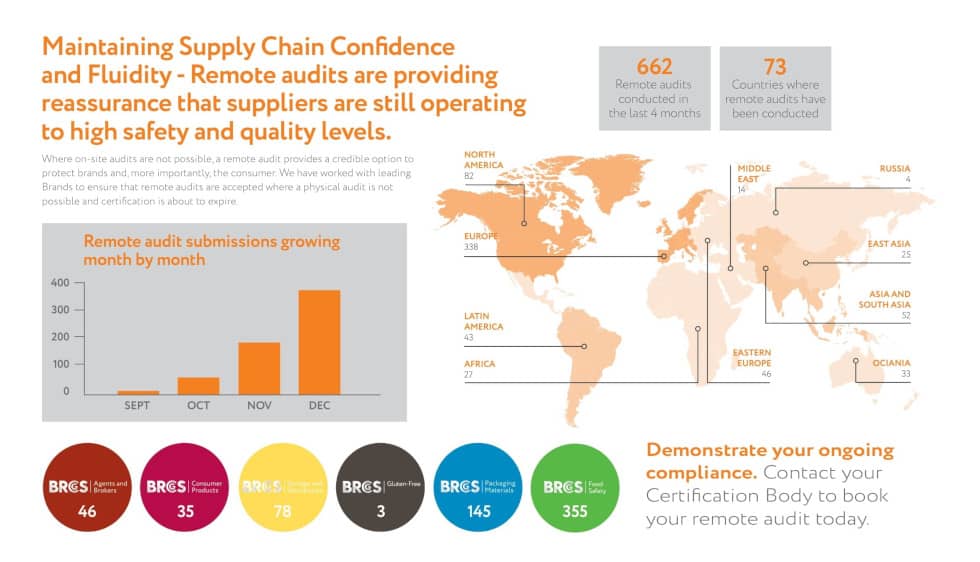
We wanted to share a little bit of how that’s worked regarding maintaining supply chain confidence and fluidity. Remote audits are providing reassurance that suppliers are still operating to high safety and quality levels. This is based on the BRCGS remote audits done globally.
During the pandemic what we can see is that there was an increasing trend of remote audits taking place between September 2020 and December 2020 across the globe. In total there were 662 remote audits and they were conducted in 73 countries. Of these, 46 were remote agents and broker audits, 78 were storage and distribution audits, 145 were remote packaging material audits and 355 remote food safety audits.
We can also see it split up by country and about 50 percent of those audits were conducted in Europe, a total of 338 of them. This shows us that the sites, the certification bodies and auditors all got on board reasonably quickly with the new audit options available to them. Their confidence grew as they got used to this new way of working and we can see that reflected in the number of audits done from September right through to December.
In a typical year, approximately 20,000 or more food audits would be completed to the BRCGS food standard. We did see a slight drop off initially during the pandemic but that picked up as the year went on and by January 2021 the number of audits completed were actually more or less the same year-on-year.
We can assume that there have also been less visits overall to sites by specifiers and customers and the question is, has this led to complacency? We will explore this later on in the article.
There was much feedback from the auditors that conducted these remote audits. For them, it was actually quite a bit of a culture shock as well as the site owners as neither had much experience with these that led to a few issues. Many sites hadn’t thought about investing in much of the necessary equipment so there were complaints of poor quality headphones, poor wi-fi in some or all areas, poor lighting that made it very difficult for the auditor to see the standard of construction, and so on. It made a lot of auditors realize how much they rely on the sense usually while conducting an audit, observing the environment and listening to interactions between employees. These were all challenges to a remote audit.
Another issue was that some companies were nervous about releasing their documentation over email but measure such as non disclosure agreements were used to allay most of those fears.
So auditors were initially quite sceptical about how video observations of facilities would work out, given that auditors would lose most of their senses except sight when viewing remotely and the video presentation indeed does not replace a walkthrough of the facility. You do really need to be present on site to get the full experience of the culture of the company and its staff through its operational practices but video does afford some understanding of the process and the overall standard of construction and equipment.
It gives you a pretty good idea about the housekeeping and the hygiene and the general current operating standards.
Some specifiers did want their usual auditor to do the remote audit instead of a new one because they are already familiar with the site layout and they know where the blind spots are but then we also heard that new auditors were seeing new non-conformances because they were less familiar with the site. So by having a new auditor and also by having the documentation in advance this could actually allowed the auditor time to do a more in-depth risk assessment and therefore some sites saw an increase in documentation for non-conformances
- Preparation is key. With the remote audit approach, preparation by the auditor is much more intensive around the pre-order to review of documentation. It’s important for everyone to understand the pre-audit submissions review, and understand the process so as an auditor you can request the right information beforehand.Although there’s lots of similarities between the on-site and the off-site audit, remote document review generally requires information specified by the auditor to be uploaded onto a document portal. Scanning rather than photographing and uploading documents can take some time so auditors need to make sure that the company is aware before the order date of exactly what information will be required. During the audit itself they’re going to need lots more documentation so to enable that it’s important to have a scanner available if possible.
- Test that your site it is compatible with the certification body systems. Compatibility can be an issue so the company needs to make sure the IT team is on hand on the day. It’s very important that we’ve got the right people available on the day to help with any technology troubleshooting. We all know video streaming can be poor when internet bandwidth isn’t at its best and of course with these audits taking place all over the world, some in very remote locations where wi-fi and bandwidth is a problem. If you think this could be a problem, it is probably a good idea to request a wired connection to a LAN or some sort of router ahead of time to ensure there aren’t delays on the day. You also need to check in case the company firewall has any internal controls or restrictions. On-screen sharing may need to be resolved in advance.
- Test the technology in advance. It is a good idea to arrange a dry run in advance if it’s at all possible. The audit day time constraints on the auditor are tough enough already without the pressure of IT problems. It also allows the site and the auditor to have a chance to get to know each other before the actual audit day. Another consideration is that many sites experience live streaming problems due to a faraday cage effect that steel framed factories present and just to get around this the company can possibly upload a pre-recorded video requested by the auditor or present them via a shared screen. If live streaming is possible just be aware of the noise in the plant and how this can impact the auditor and of course the auditor doesn’t have control over the camera and where it’s pointing. A solution for this can be a team approach to the filming maybe involving two or more people with a camera operator and a quality manager using separate devices.Another point is with a typical on-site audit day, the team will all sit around a table during the audit which works well, however when you’re doing it remotely placing the laptop in the middle of a large table to allow everyone to join in doesn’t work so well particularly if the microphone isn’t picking up the sound or if the meeting rooms are a bit echoey. Moving the auditors closer to the microphone may cause social distancing issues so it’s probably better to have everyone logged into an audit platform with headphones and individual microphones.
- Get familiar with video conferencing. Throughout the pandemic, the use of video conferencing has developed immensely and everyone is now much more familiar with these systems. Certification bodies may have their own platforms whether it’s Microsoft teams or Google, Skype or Zoom. The auditors can be trained in these and get familiar with them. Then they don’t have to deal with resolving any IT issues concerning these platforms, on the day. They’re familiar with the system, they’re not using some alien system on the day. Not knowing how an unfamiliar platform works it’s just extra hassle and extra stress for your auditor and you don’t want to have a stressed auditor!
- Put a plan in place for poor wi-fi. We’ve mentioned this already but if you were intending to be live streaming during the factory visit but it’s not possible due to wi-fi you could try pre-recording a video of the production facility. However, before you do this you just also need to consider national privacy laws and you must make sure that the video gives a good representation of the site. It doesn’t have to be cinema quality but try to avoid things like nausea inducing rapid panning from one side of the factory to the other. Just think about what it is exactly that your auditor wants to see and focus on those details. Following up on the HACCP process flow diagram might be a good place to start the video. Try experimenting with different recording technology and avoid using the portrait style videos if possible. A digital camera can sometimes be better than a phone camera as it’s easier to transfer the videos onto a computer and so on.
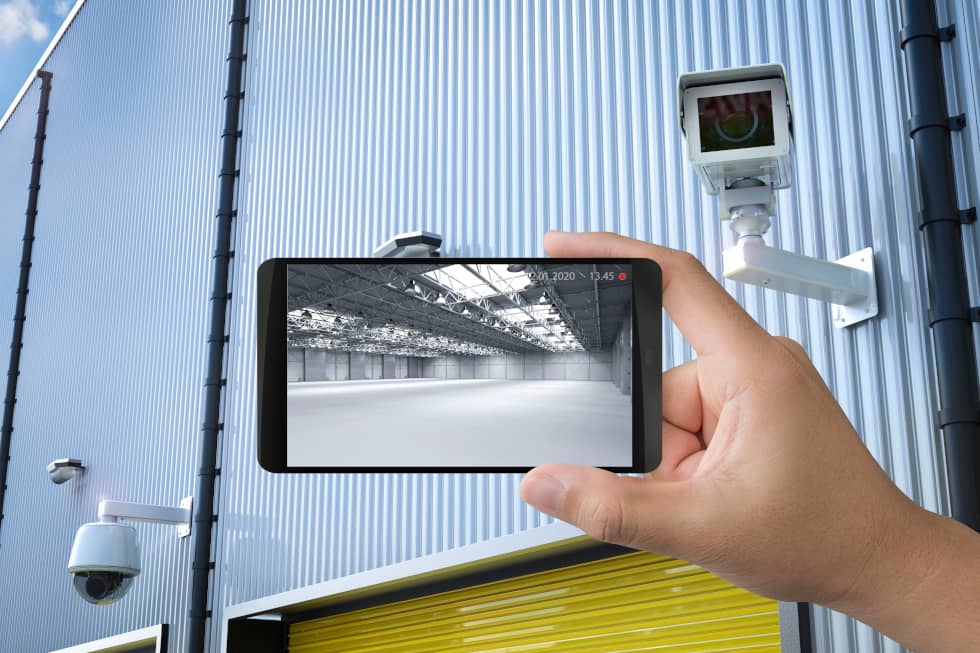
To recap, we’ve talked about additional steps such as having confidentiality agreements or NDAs to be signed and just to consider documents such as the IAF ID3 or AFMD4 docs need to be understood and agreed with your certification body and if you’re not sure about these just have a chat with your certification body about it. Sites had to learn where their wi-fi hotspots and black spots were in advance of the audit and that’s not something your typical technical manager knows anything about. We’ve heard of some extremely remote sites having no wi-fi at all and making it impossible to conduct a live remote audit. We do know that sites and auditors have used a huge variety of hardware and software. Everything from smartphones, ipads, laptops, even CCTV. They’ve used Go-Pros, they’ve used Whatsapp, they’ve used Microsoft teams. Some have been more effective than others.
ICT however doesn’t in any way constitute digitalization and this is usually an enterprise-wide project requiring investment and lots of detailed projects. The pandemic has not necessarily accelerated digitalization in that respect and it may in fact have slowed down the process in certain businesses. Companies who had started the roll out of a digitalization product may have delayed it because the pandemic took priority but having said that companies that already had digitalization food safety platforms in place had a three-fold increase in their use because those customers realized they could effectively manage their compliance systems remotely using a full set of features that their digital platforms already offered. In other words the pandemic encouraged digital users to exploit a digital based compliance solution that they already had. This is supported by feedback from those using remote technologies to perform internal audits. They enhanced their control to mitigate food safety risks during the pandemic and reiterate the importance of strong internal audits especially when third party audits weren’t possible.
So those who had digital systems in place were very grateful and it really made it a lot easier for them to share their documents with external auditors, it made the entire audit and remote audit experience much more effective.
An example of a rapidly evolving digital tool used in the food industry is digital pest monitors. These integrated pest management tools are a critical component of any food safety program and tools such as rodent monitoring service sensors can protect operations from pest infestations and the related risks of disease, product loss and recalls. They can help ensure your site is audit ready and compliant with lots of the complex regulations associated with food safety standards
ByL TCI Systems
